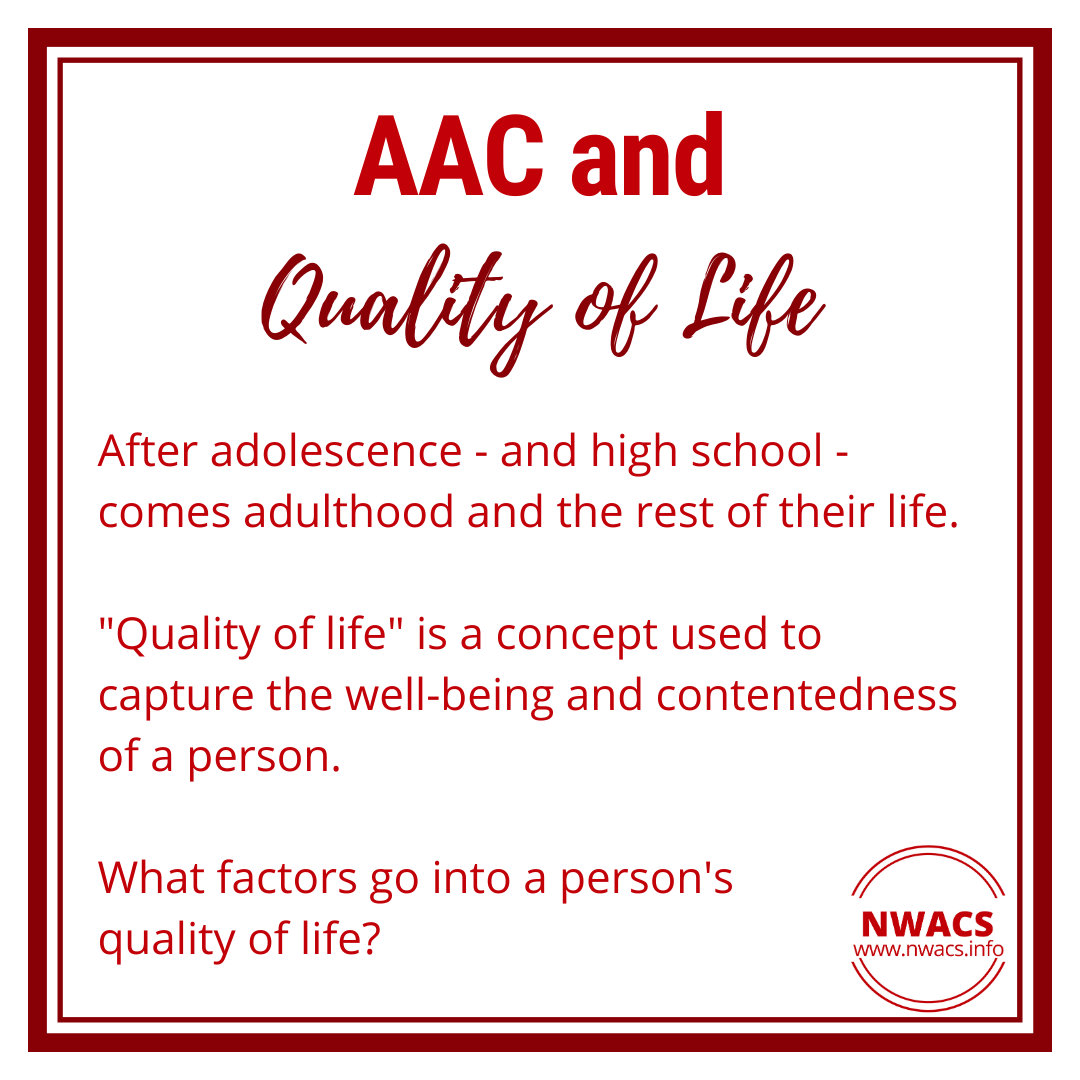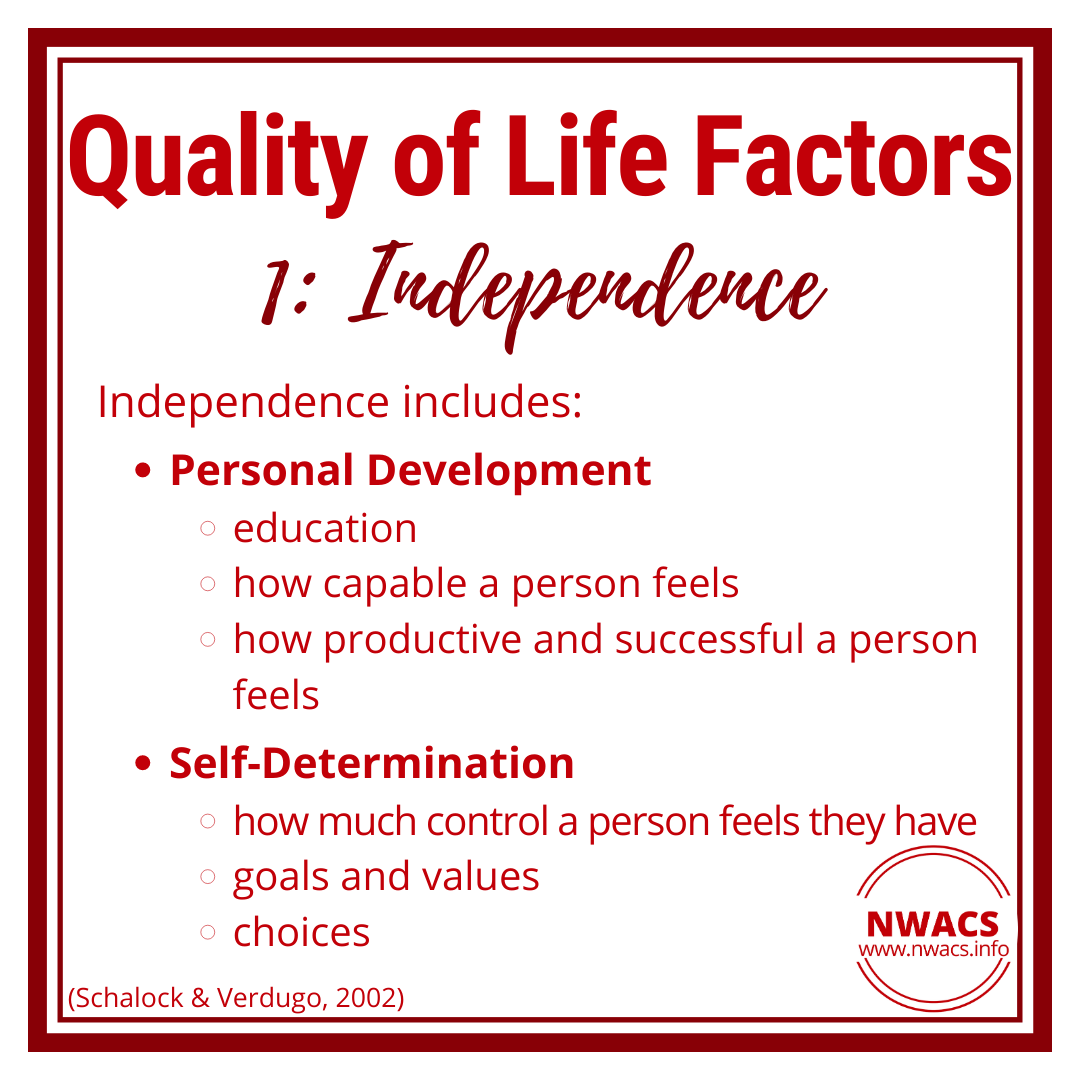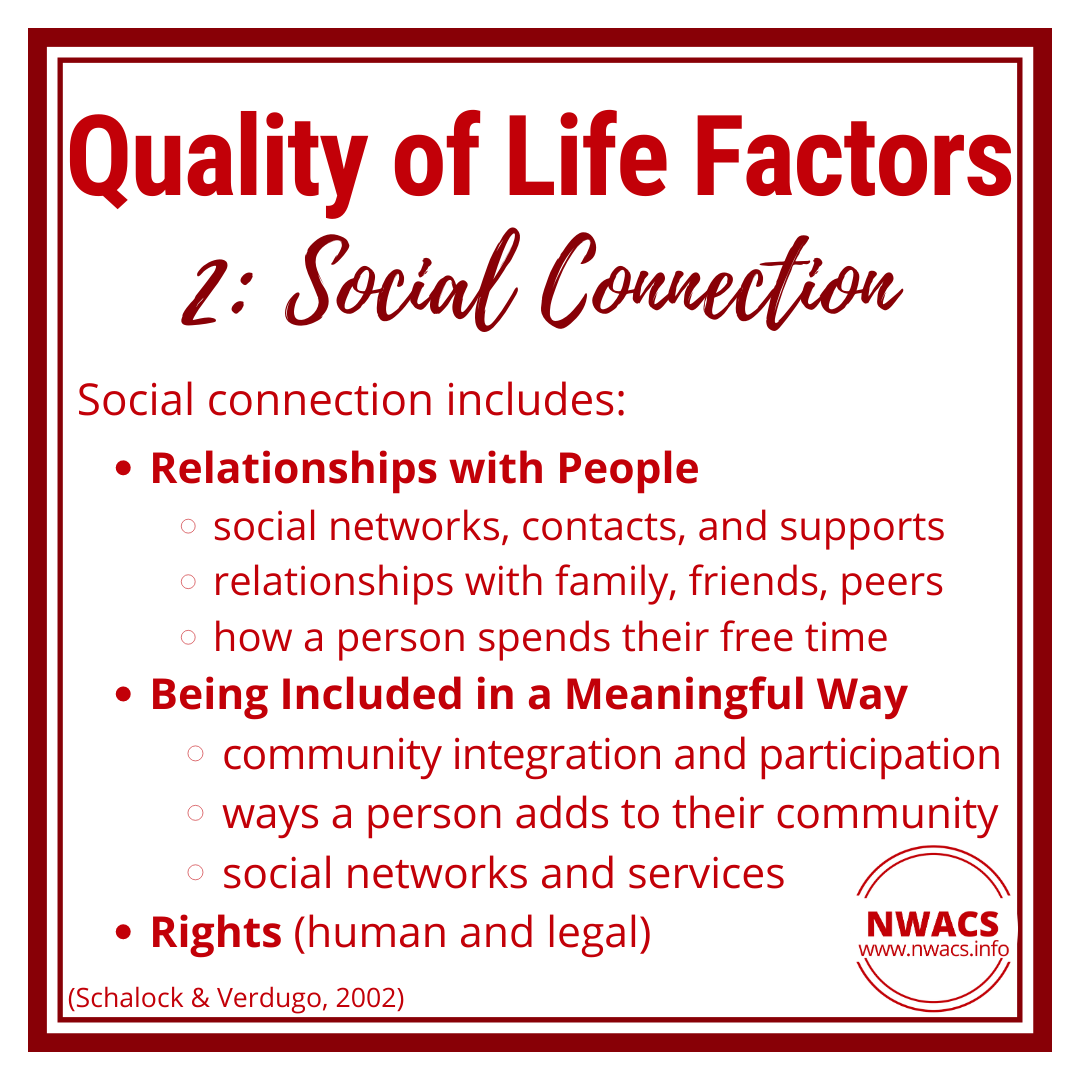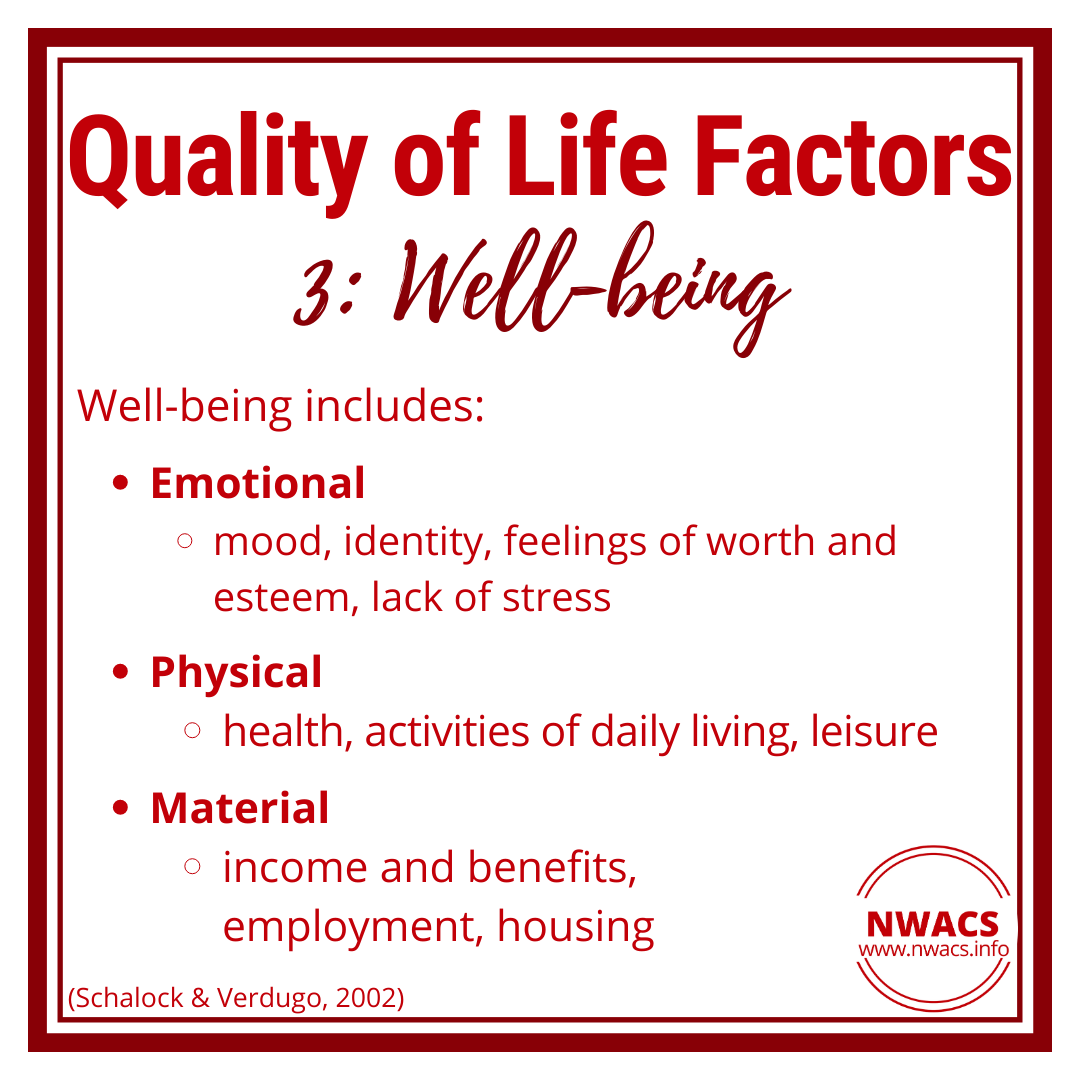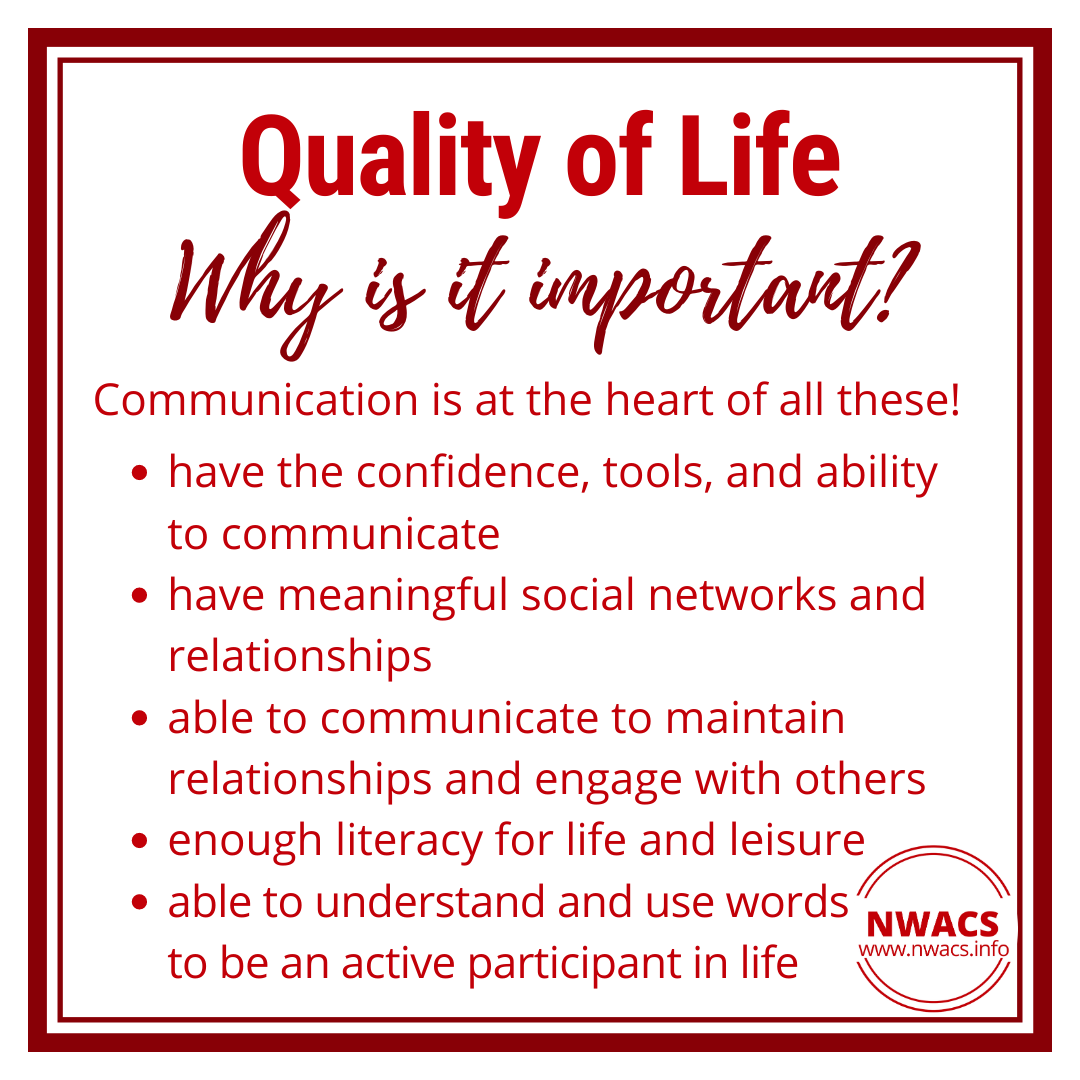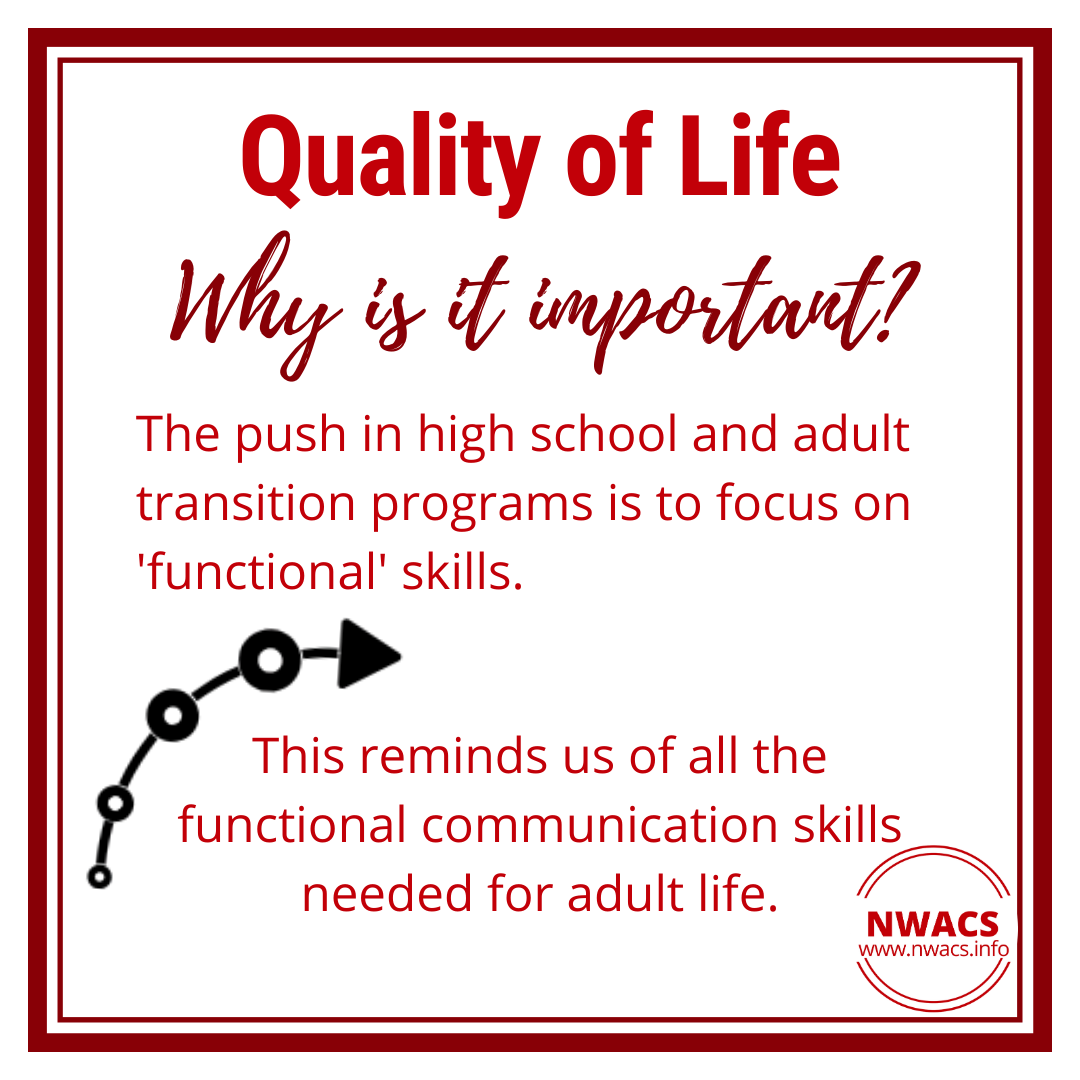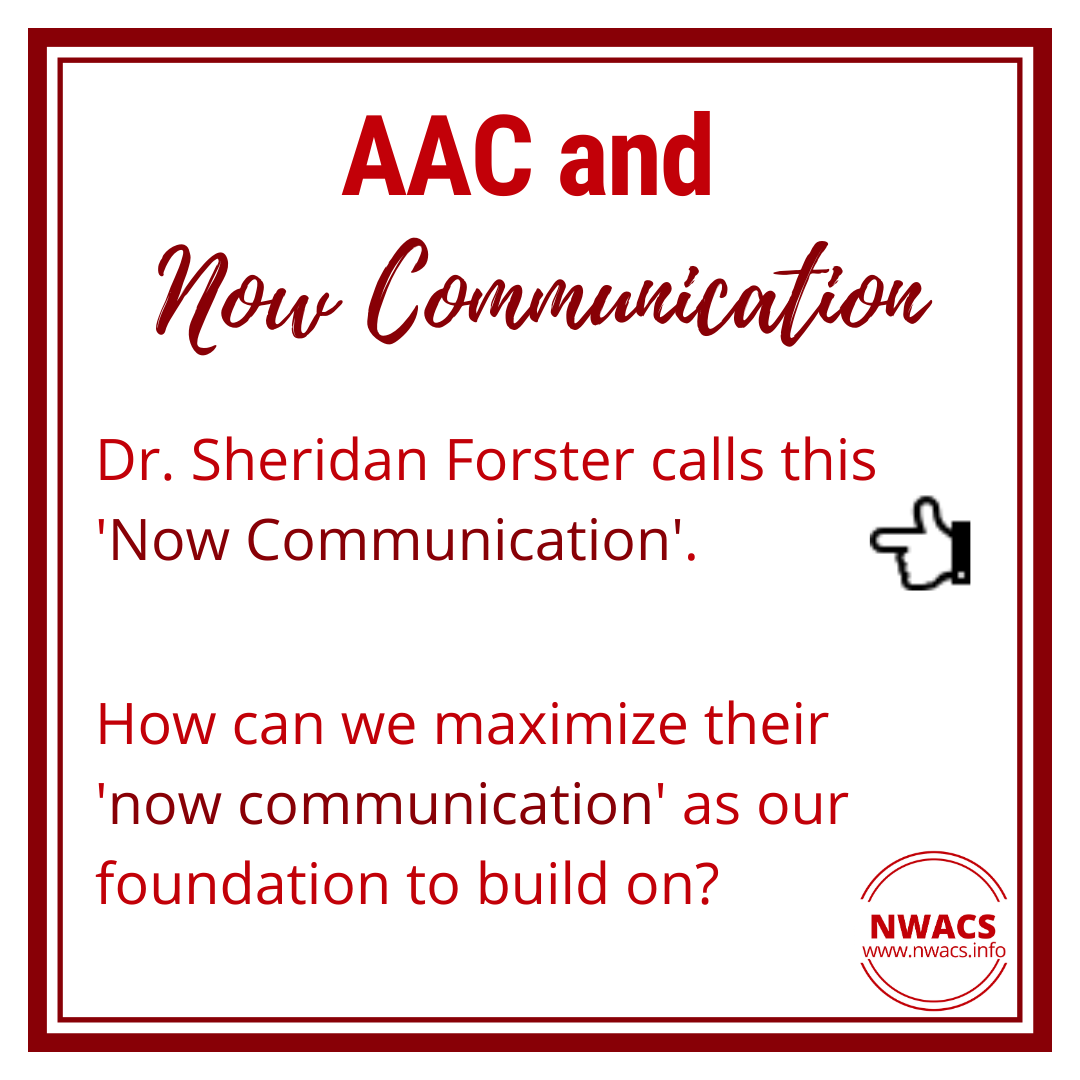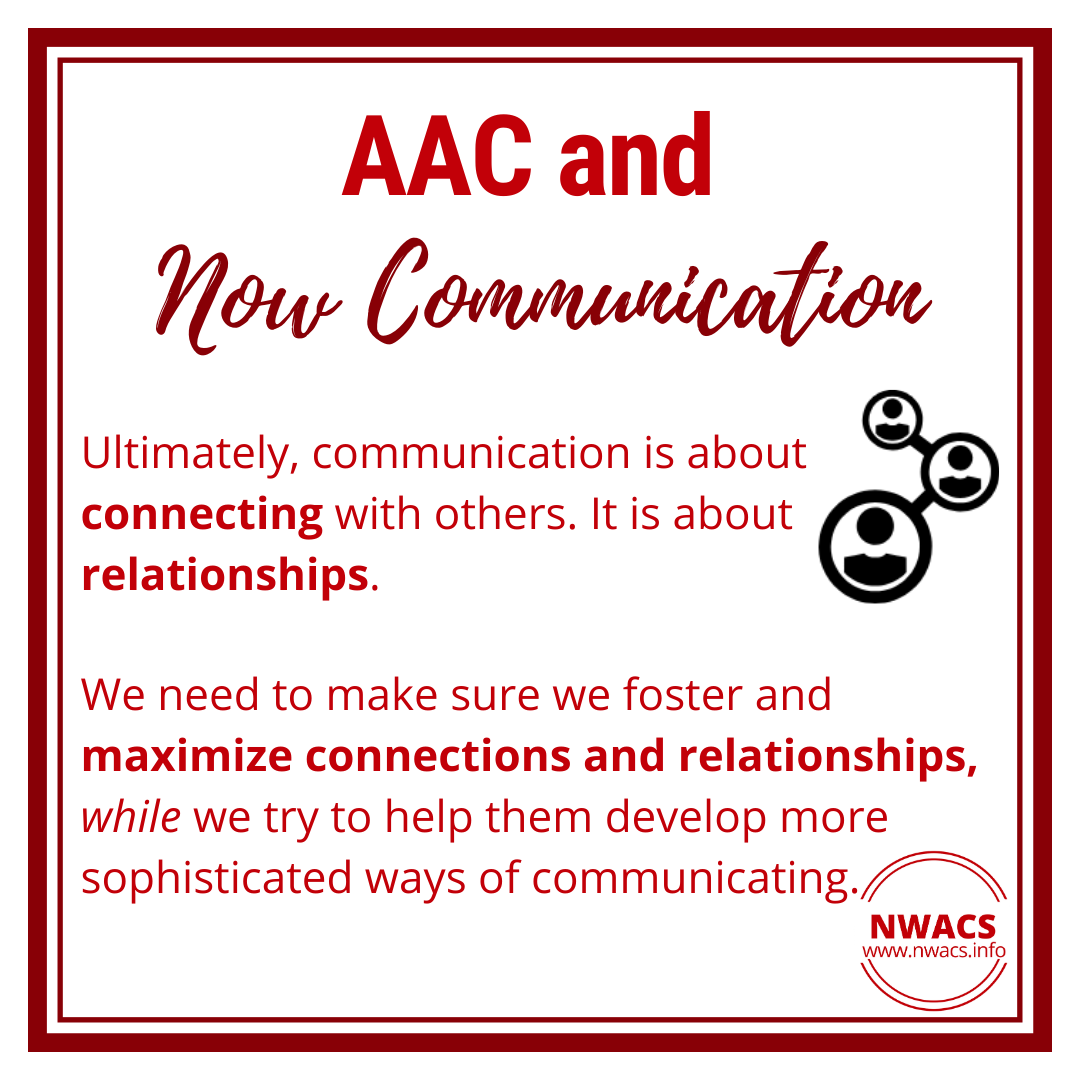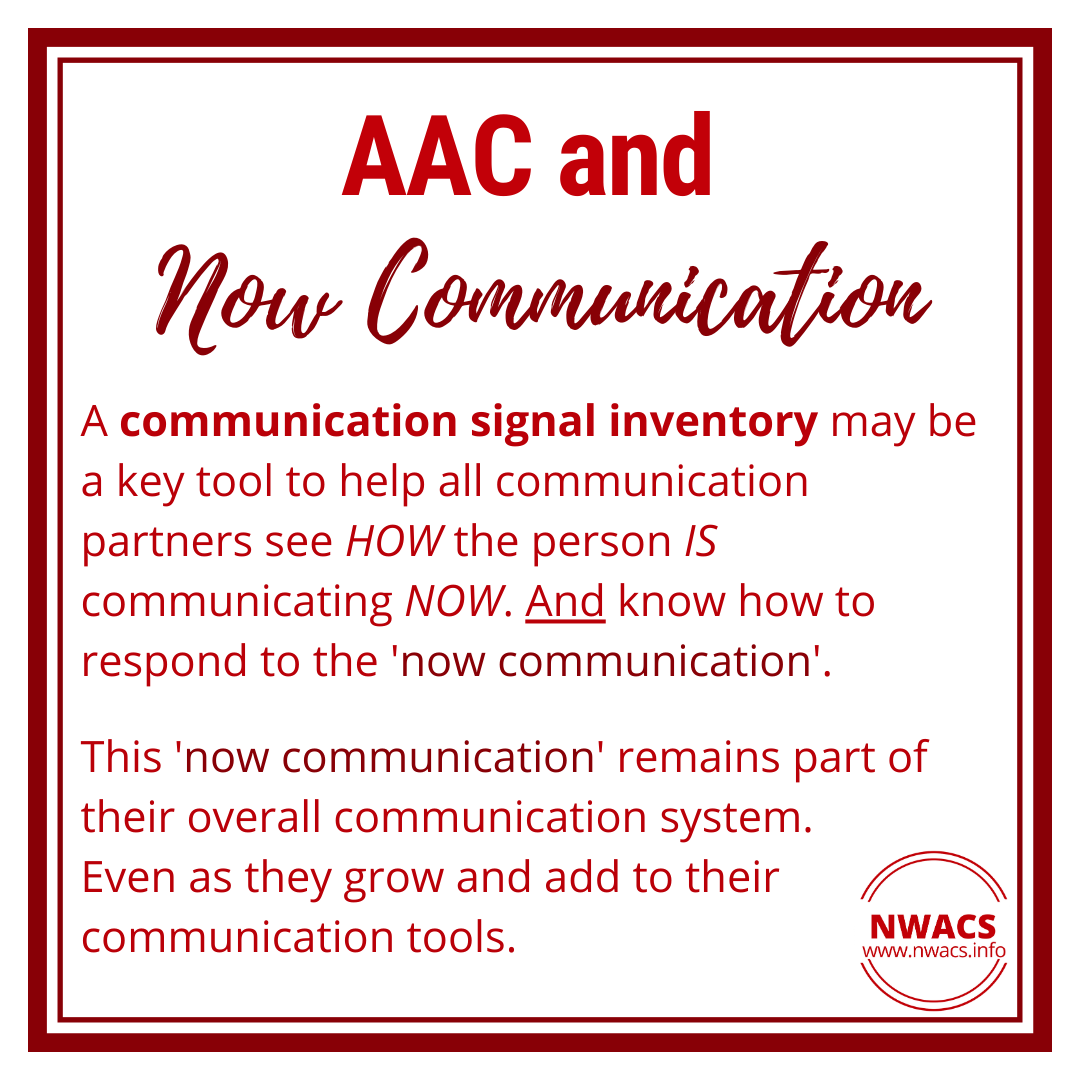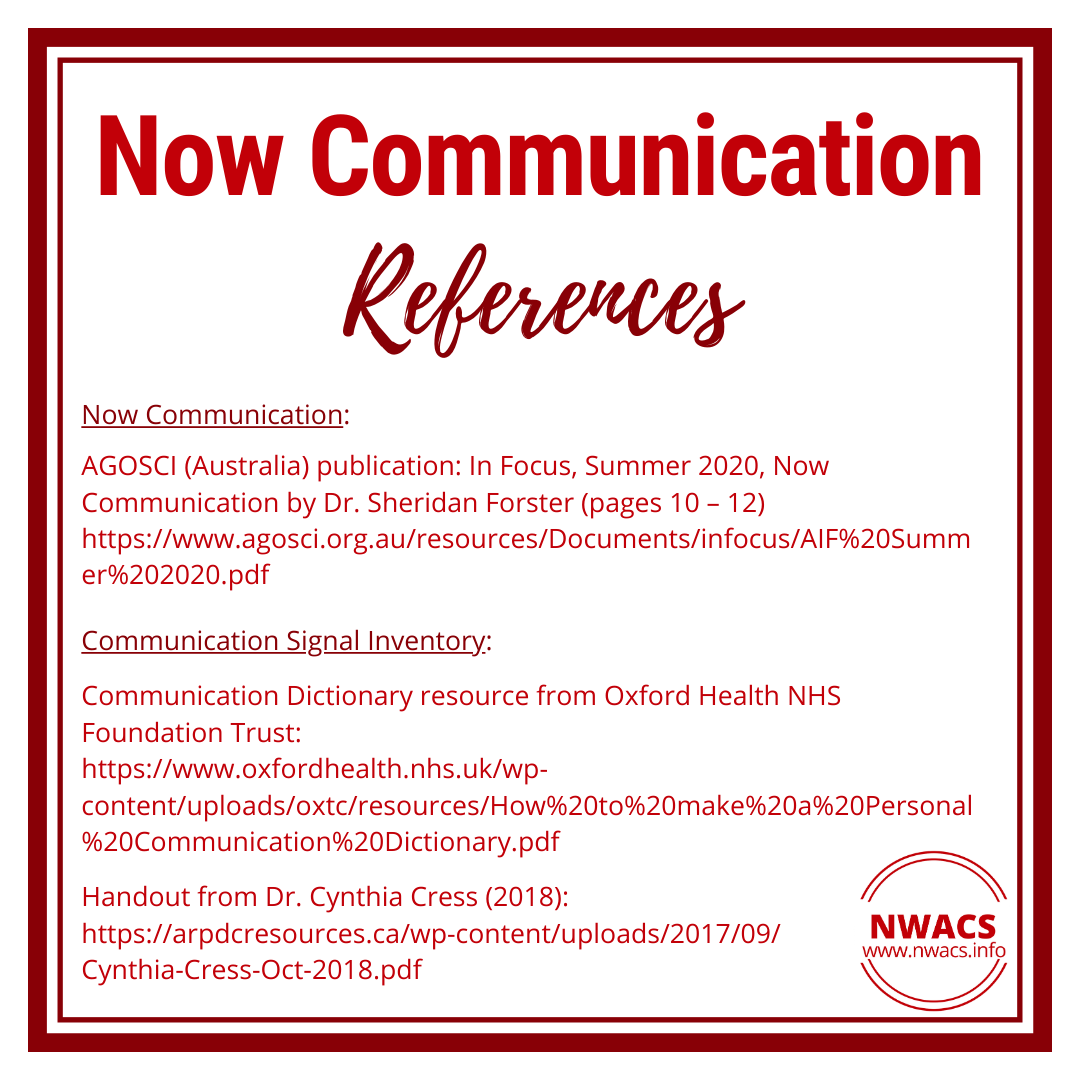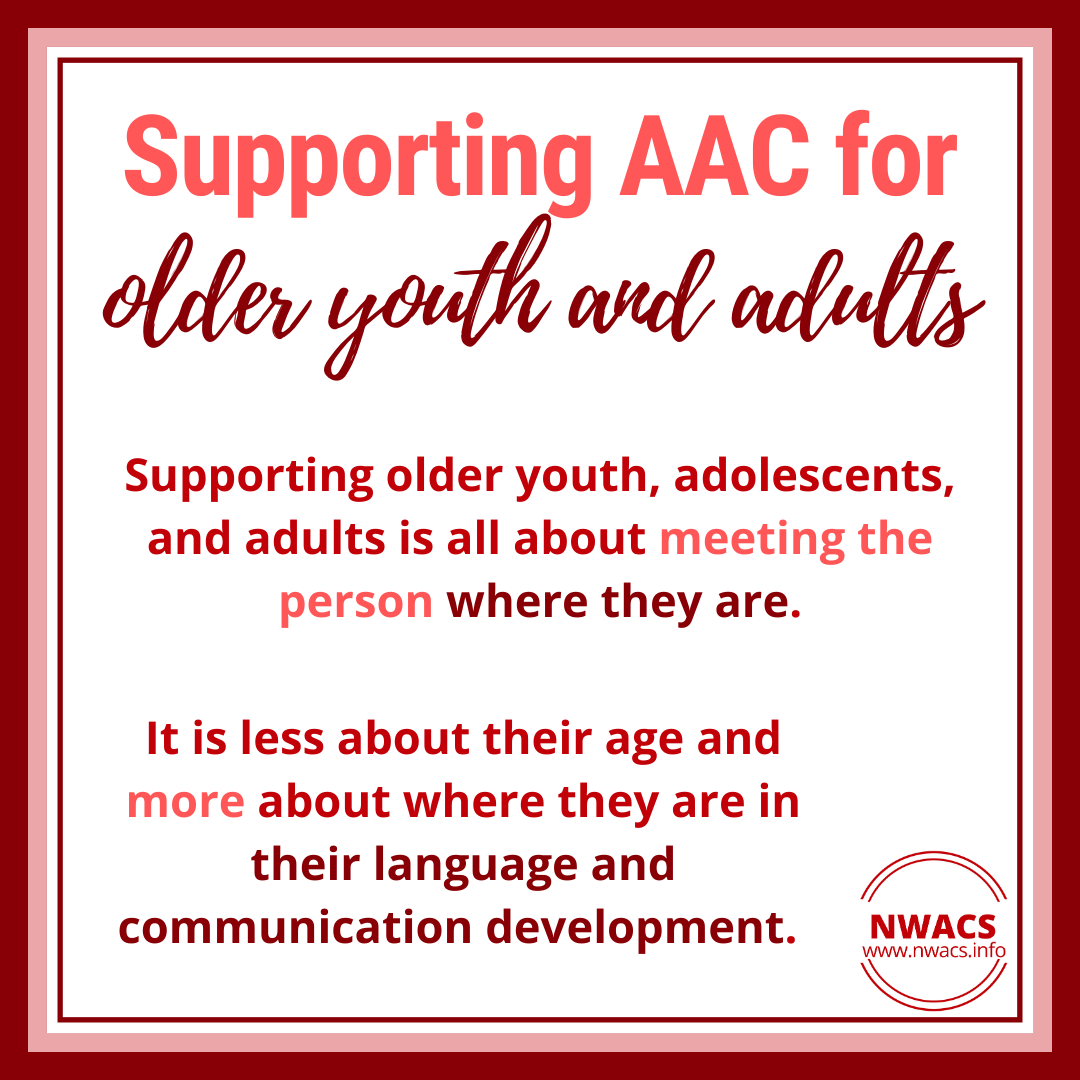AAC in Adolescents
This is a curated collection of information and resources related to supporting augmentative and alternative communication (AAC) with adolescents (high school and transitioning to adulthood). We encourage you to explore and judge for yourself which to add to your toolbox.
These resources are for educational purposes. This is not an exhaustive list. Inclusion does not signify endorsement. Use of any information provided on this website is at your own risk, for which NWACS shall not be held liable.
Do you have a favorite resource or strategy that we missed? Send us an email to share!
What does supporting communication development look like at this age?
They are almost adults!
This realization often comes with a sense of panic. Because there is a limited amount of time left before they leave the school system. And fall off the “disability cliff” into adulthood.
“There comes a birthday upon which a young adult with disabilities ceases to receive services from their local school district and when support, well ... falls off a cliff.”
Once a student graduates from high school or ages out of special education, there is a dramatic change in available services and supports. They are no longer eligible for special education and related services through the school system. They have to switch from their pediatrician to a doctor who sees adults. Other programs and services that are available to children are no longer options.
Adolescents. Students in high school and transition programs (around age 14 up to 21 or 22). In early childhood, the focus was on learning language and learning how to communicate. By Middle School and High School, the focus shifts to using language to learn. For students with intellectual and developmental disabilities, the focus in high school quickly shifts further to a focus on preparing them for life after they graduate or “age out” of the school system.
What does supporting communication development look like for this age group? It looks like planning ahead. What future does the adolescent envision for themselves? And it looks like starting to build bridges to help them get from here to there. How do we help them achieve that future?
Transition Planning. Transition planning should be happening regularly from early childhood. But it becomes extremely important now. In Washington State, transition services must be included in the IEP once a student is 16 years old (if not sooner). The student and their family should be actively involved in developing the transition plan. The transition plan is a road map for the team. It lays out how they will help guide an adolescent to the end of their K-12 school journey and into adulthood.
Adulthood. In Washington State, this is either when the student graduates with a high school diploma or turns 21, whichever comes first. Note: if the student turns 21 after August 31st, they remain eligible for the rest of that school year.
This is the time to start researching and making connections to develop a support system (and social network!) once they no longer have access to school-provided resources.
“Yet once they age out of special education—usually at 22—many young adults with developmental disabilities find a reality that is very different from the one they had gotten used to. When they lose their federal entitlement to special education, they are thrown into an underfunded and uncoordinated system in which few services are available as a matter of right. They must now contend with services from a variety of providers, financed by a variety of agencies, most of which are not sufficiently funded to cover everyone, and many of which are far too bureaucratic and insufficiently focused on ensuring that their clients can spend meaningful days integrated in community life. They fall, in other words, off the cliff.”
What resources and programs will be available to them? What community resources and social opportunities will be options? Are they interested in further education? Work? What interests do they want to pursue? How will they fill their time? How will they have the quality of life they want?
OWN AAC. They will still need their communication system after leaving the K-12 school system! If they have been using a school-provided AAC device or tools, now is the time to work toward getting them an AAC system that they own. And non-school-based team members need to know how to support and maintain that system.
In general, funding sources will allow benefits to be used to replace an AAC device every five years or so. If they own their AAC system, is it projected to
meet their needs, and
be in good working order
for the next couple of years after they leave high school (transition program)? What is the plan for when the communication system needs replacement or repair?
Does the adolescent have at least one back-up of their communication system? Every AAC user should have back-up communication systems for when their primary system is not available or not working.
Continue working on communication skills. The reality is, many, if not most, agencies and organizations that provide job help to disabled adults look for the disabled person to have strong independent communication skills. Even many adult day programs need the people attending their program to be able to communicate without caregiver help. So it is important to continue developing communicative competence.
Read more about communicative competence: Communication Competence blog posts
Language for adulting. Having access to words to talk about all the things their peers are able to talk about should start earlier. As an adolescent approaches adulthood, this is a key time to audit the words they have access to. Do they have understanding and access to words to talk about concepts such as:
boundaries
advocacy
consent
body parts (including genitalia)
sex, sexuality
gender, identity
medical/physical needs and/or issues; health and illness
abuse, neglect
legal issues and encounters
politics, voting
rights, world events
life, death
emotions, mental health
slang, swear words
socializing; building and maintaining relationships
college or post-secondary training
work topics and issues
money and finances
using transportation
directing own care, home needs and topics
navigating resources and supports
Self-advocacy and self-determination. When a child is young, it is easy to focus on them learning language and how to communicate. Then we hope they can use those communication skills to show what they know/understand and to participate in school activities and tasks. In adolescence they are becoming more autonomous. They should be learning to advocate for themselves and to make decisions about their life.
“We know the ‘best’ victim is one who cannot tell or if they can tell, they are not likely to be believed”
As they approach adulthood, goals are:
fully engaging and participating in their community,
making decisions, and
directing their life.
Read more about self-advocacy and self-determination:
Communication Rights. It is important for adolescents to know their communication rights! And to feel empowered to advocate for their rights to be honored.
Read more about the Communication Bill of Rights: Communication Rights blog posts
Goals for adolescent AAC users include the ability and confidence to fully engage, participate and communicate in all environments and with all people they encounter. And having the strategic skills to choose when and how to do so.
Key Goals
self-advocacy
self-determination
communicative competence
literacy skills
transitioning out of the school system into adulthood
developing, maintaining, and sustaining social networks
supportive and effective communication partners
What AAC Looks Like
multimodal
allows them to fully communicate about anything in all environments with all people they encounter
matches the access needs and other features needed by the adolescent
Helpful Implementation Strategies
supports and strategies are based on the communicator’s strengths, needs, likes, and interests rather than their age, so implementation strategies such as those mentioned on our AAC in School-Age resource page may still be useful
be flexible
have AAC options always available
find motivation in their goals and interests
model without expectation
teach, don’t test
focus on comments over questions
model language for a variety of communicative functions
“For starters, the transition from adolescence to adulthood is often fraught with challenges. During this time, decisions are made about where to live, who to live with, how to spend time, how to deal with medical and healthcare issues, as well as how to address concerns about personal relationships, sex, safety, work and leisure activities.”
accept all forms of communication
presume potential/competence
provide enough wait time
communication becomes more about social closeness (building and maintaining relationships)
develop conversation skills and strategies
teens and young adults need language and skills related to
physical, mental, emotional, sexual health (including sex education)
boundaries, consent, healthy relationships
medical, disability, care needs
safety, abuse, rights
Resources to Explore
UPCOMING VIRTUAL PRESENTATION (Pre-Conference session of #TalkingAAC 2023):
Empowering Voices: AAC Implementation for Teens and Young Adults October 6, 2023, 5 am - 8 am PDT
Articles, Books, and Documents
AAC for All: Culturally and Linguistically Responsive Practice (2022) by Mollie Mindel and Jeeva John
Augmentative and Alternative Communication: Challenges and Solutions (2021), Billy Ogletree
Chapter 5: Supporting Participation and Communication in Employment and Volunteer Activities for Adolescents With Complex Communication Needs by David McNaughton and Salena Babb
Augmentative and Alternative Communication: Engagement and Participation (2017) by Erna Alant
Fundamentals of AAC: A Case-Based Approach to Enhancing Communication (2023), Nerissa Hall, Jenifer Juengling-Sudkamp, Michelle L. Gutmann, and Ellen R. Cohn (eds)
Supported decision-making when you cannot speak, AssistiveWare blog
Transition Strategies for Adolescents and Young Adults Who Use AAC (2010), David McNaughton and David Beukelman (eds)
Websites
NWACS website
DO-IT Scholars: “DO-IT Scholars prepares Washington State high school students with disabilities for success in college and careers. Scholars attend Summer Study sessions, held during three consecutive summers at the University of Washington campus. This allows students to experience college life and work on self advocacy skills. Throughout the school year, Scholars connect with program staff, DO-IT Mentors, and each other using email and e-lists. They also meet in-person at DO-IT events, complete individual and group projects, and receive valuable information and support for the transition to college.”
TalkingMats: “A Talking Mat is a visual communication framework which supports people with communication difficulties to express their feelings and views.”
Think College (read more about this program of the Institute for Community Inclusion on the PrAACtical AAC blog)
Podcasts
First Bite Podcast episode 247: AAC Vocabulary Selections for Teens
LOMAH Disability Podcast - podcast from a mom planning for the future of her nonspeaking teen
Webinar Recordings
AAC in the Cloud presentation recordings
AAC & Transition - Planning for an Everyday Life by Kathryn Helland (2021)
AAC and Transition Planning - Supporting all students to make decisions for the future by Erin Sheldon (2020)
CCN/Complex Bodies: Building Meaningful Activities for Older Students Who Are Switch Users/AAC Communicators With Transition in Mind by Sharon Redmon (2019)
Transitioning from Developmental Language to Functional Language for Adolescents Who Use AAC by Katie Threlkeld and Laurel Duever-Collins (2023)
Other Resources
Framing a Future Tool from The Bridge School
To Be Self-Determined - resources for self-determination
Useful Tips
Remember that teens often focus on fitting in
provide access to say the things their peers are saying
Remember that teens are in the process of establishing their sense of self and their personal identity
they are coping with their differences
mental health and emotional health are high priority areas
Remember they are becoming an adult. They deserve to be
treated age-respectfully
given the dignity of risk
taught and be able to talk about and explore adult topics
Communication partners need training and ongoing support!
Focus on communicative intent, not how the message was communicated.
Find your support networks!
AAC Users:
ISAAC PWUAAC Online Chats - The International Society for Augmentative and Alternative Communication (ISAAC) invites people who use AAC to meet online for informal chats. Check their website and/or their social media for dates and times.
Facebook groups:
Ask Me, I’m An AAC User! (24-Hour Rule!) is a Facebook group run by AAC users where the thoughts and experiences of AAC users in the group are the focus
Out and About: Creating Community Groups for AAC Users is a community group on Facebook for people of any age who use AAC
The AAC Connection is a Facebook group for AAC users, family members, and communication partners
There may be other groups centered around your AAC device or communication app where you can connect with other AAC users.
The Arc of King County hosts Smooth Talkers, an AAC user and family meetup. These meetups are usually on a Saturday each month during the school year. People of all ages and AAC skill levels are encouraged to attend, even those still exploring if AAC is right for them. This past year they alternated between in-person and virtual options.
Families:
Leslie Jeanne Berns Support Group for children who have communication challenges and their families (facilitated by University of Washington Speech and Hearing Sciences clinical faculty (SLP) and graduate students; meets virtually, monthly)
Northwest Augmentative Communication Caregiver Society (NWACCS) - This Facebook group (administrated by NWACS) is for families in Washington State. It is for parents/guardians, family members, and caregivers of children who are unable to meet all their communication needs with spoken language.
AAC vendors and app developers have pages on various social media channels. Many also have Facebook groups that can be a good place to connect with a support network.
also look for social media accounts and/or Facebook groups related to specific diagnoses
and look for social media accounts of AAC users and/or parents of AAC users
Facebook groups, such as:
Professionals:
NAACHO: Networking for AAC and Hangout - This Facebook group (administrated by NWACS) is for SLPs in Washington State who support people who use AAC. It is for collaboration, networking, and supporting each other in the grand adventure of augmentative and alternative communication.
Also be on the lookout for in-person NAACHO events (hosted by NWACS)!
AAC vendors and app developers have pages on various social media channels. Many also have Facebook groups that can be a good place to connect with a support network.
also look for social media accounts and/or Facebook groups related to specific diagnoses
and look for social media accounts of AAC users
Facebook groups, such as:
Selected References:
“Adolescents/Adults with DD.” Augmentative Communication News. April 2006; 18(1), 10-12. Available from: https://www.augcominc.com/newsletters/newsletter_44.pdf
Bagenstos, Samuel R. "The Disability Cliff." Democracy 35 (2015): 55-67. Available at: https://repository.law.umich.edu/articles/1722
Brown, Ivan & Hatton, Chris & Emerson, Eric. (2013). Quality of Life Indicators for Individuals With Intellectual Disabilities: Extending Current Practice. Intellectual and developmental disabilities. 51. 316-32. 10.1352/1934-9556-51.5.316
Bryen, D.N., Carey, A., & Frantz, B. (2003). Ending the silence: Adults who use augmentative communication and their experiences as victims of crimes. Augmentative and alternative communication, 19(2), 125-134.
Bryen, D. (2023). Services for Young Adults Using AAC Transitioning to Adulthood. In Fundamentals of AAC: A Case-Based Approach to Enhancing Communication (pp. 215-226). Plural Publishing.
McNaughton, D., & Bryen, D. (2007). AAC technologies to enhance participation and access to meaningful societal roles for adolescents and adults with developmental disabilities who require AAC. Augmentative and alternative communication (Baltimore, Md. : 1985). 23. 217-29. 10.1080/07434610701573856
Schalock, Robert & Keith, Kenneth & Verdugo, Miguel & Gómez, Laura. (2011). Quality of Life Model Development and Use in the Field of Intellectual Disability. 10.1007/978-90-481-9650-0_2
